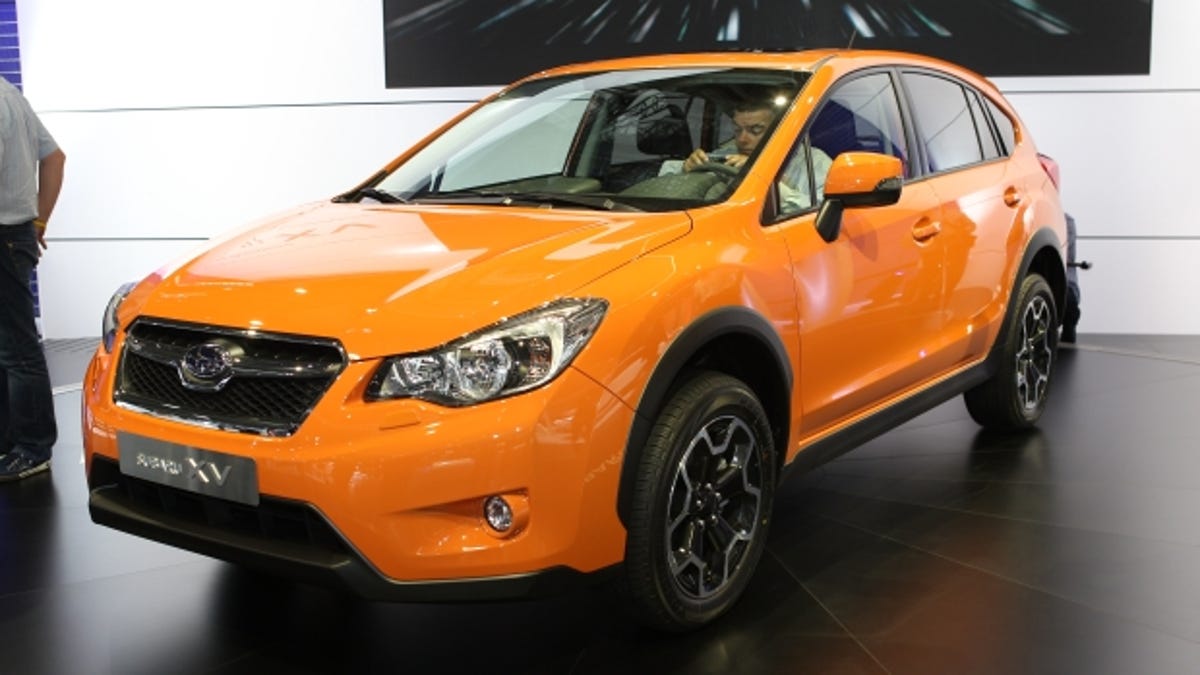Subaru plans product, technology blitz in mpg hunt
Automotive News reports on Subaru's plans to increase fuel economy through the use of new technology and new models.

TOKYO--Subaru plans to introduce turbocharging, new transmissions, and hybrid drivetrains in a bid to boost its fleetwide fuel efficiency 30 percent between 2010 and 2015.
The technology blitz also includes a new, lightweight vehicle platform that will be introduced by 2015 and will replace the platform now used for all Subaru nameplates.
Motohisa Miyawaki, head of product planning and engineering, said there will be one full model change each year from 2012 through 2015 on top of this year's introduction of the XV small crossover in Japan and next year's debut of the BRZ sporty car.
The XV will come to the United States in the 2013 or 2014 model year.
Subaru's technology push comes as the company, best known for all-wheel-drive crossovers and SUVs, tries to respond to more stringent government emissions regulations and public demand for greener cars.
"By 2015, we aim to improve fuel efficiency 30 percent compared with 2010 levels to become top level in the industry," Miyawaki said at a September 29 press briefing.
Most of the improvement will come from new engines and transmissions, starting with a third-generation horizontally opposed engine dubbed the FB. It appeared last fall in a refreshed Forester SUV and goes into the new Impreza and XV before being introduced across the lineup.
The FB is Subaru's first entirely new engine in 20 years.
Subaru also will deploy continuously variable transmissions in most models, replacing automatic transmissions as the mainstay transmission for the brand. Automatic transmissions are expected to be used only in variants of some models.
The BRZ, for example, will not have a continuously variable transmission.
Subaru also will employ engine idle-stop technology, which saves fuel by automatically turning off the engine when the car comes to a rest. That feature will appear first in Japan and Europe; the company hasn't said whether it is bound for U.S. vehicles. Idle-stop first appears in the Japan-market variant of the Impreza due this fall.
Further fuel efficiency will be eked out by slashing vehicle weight, improving aerodynamics, and using low-rolling-resistance tires, and through better management of heating and electrical systems, Miyawaki said.
Miyawaki said the new platform will use ultrahigh-tensile steel to reduce weight while maintaining high rigidity. He did not say which model the platform will debut on.
Subaru also will introduce a turbocharged, direct-injection boxer engine next year and start selling its first electric-gasoline hybrid vehicle in 2013. It did not say what models would get those technologies.
Under its Motion-V midterm business plan unveiled in July, Subaru targets a 37 percent increase in global sales to 900,000 units by the fiscal year ending March 31, 2016. That would be up from 657,000 units in the fiscal year that ended March 31, 2011.
In North America, which Subaru calls its most important market, the company aims to boost sales 24 percent to 380,000 units in that timeline. U.S. sales will account for 350,000 units of that total target volume. Subaru sold a record 263,820 vehicles in the United States last year.
(Source: Automotive News)